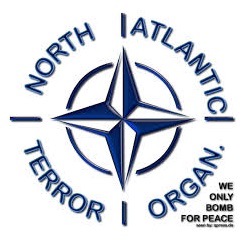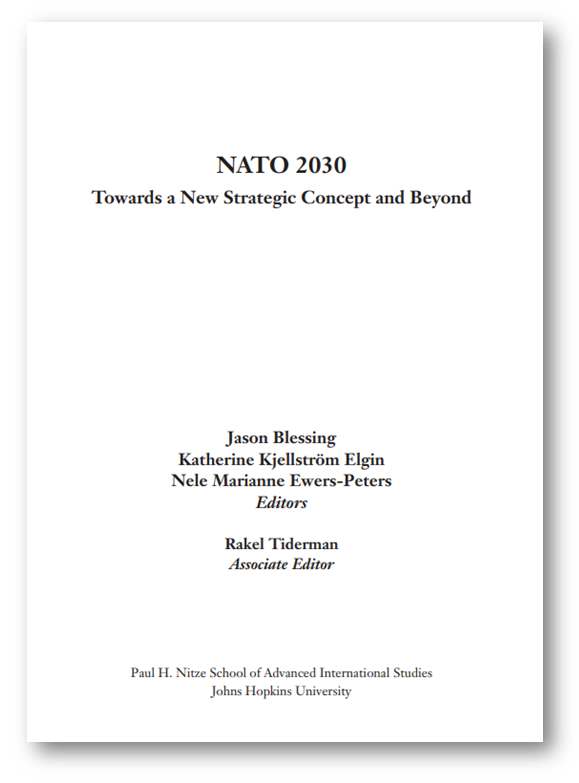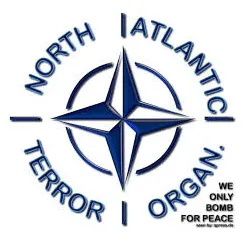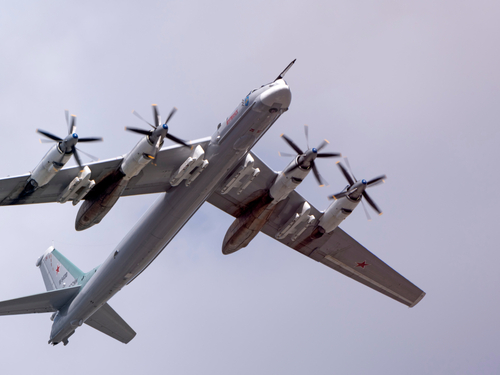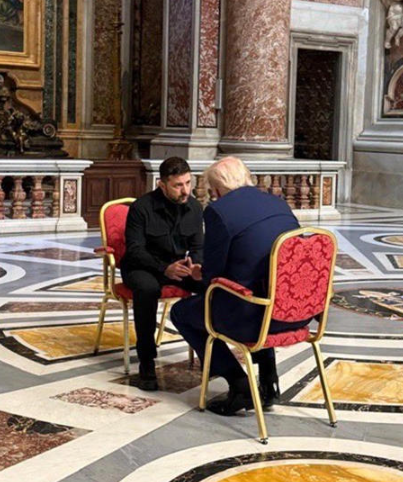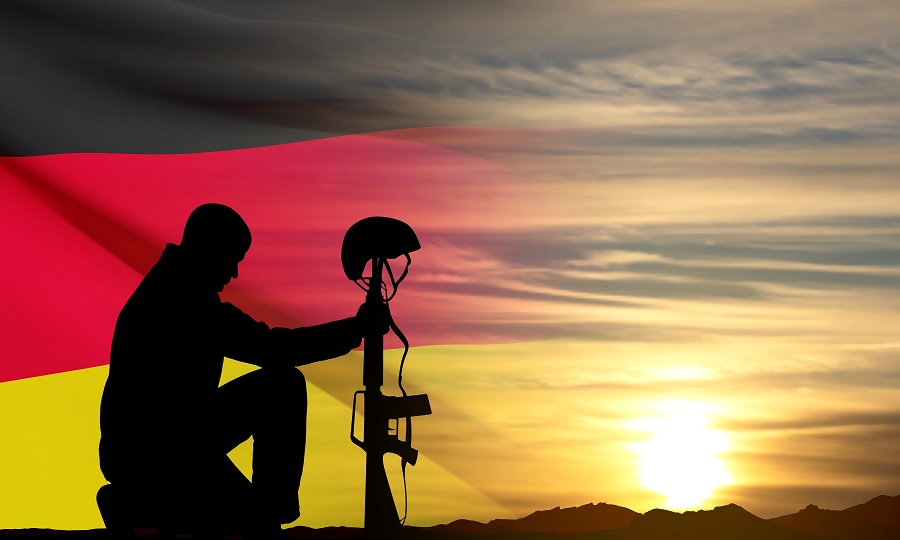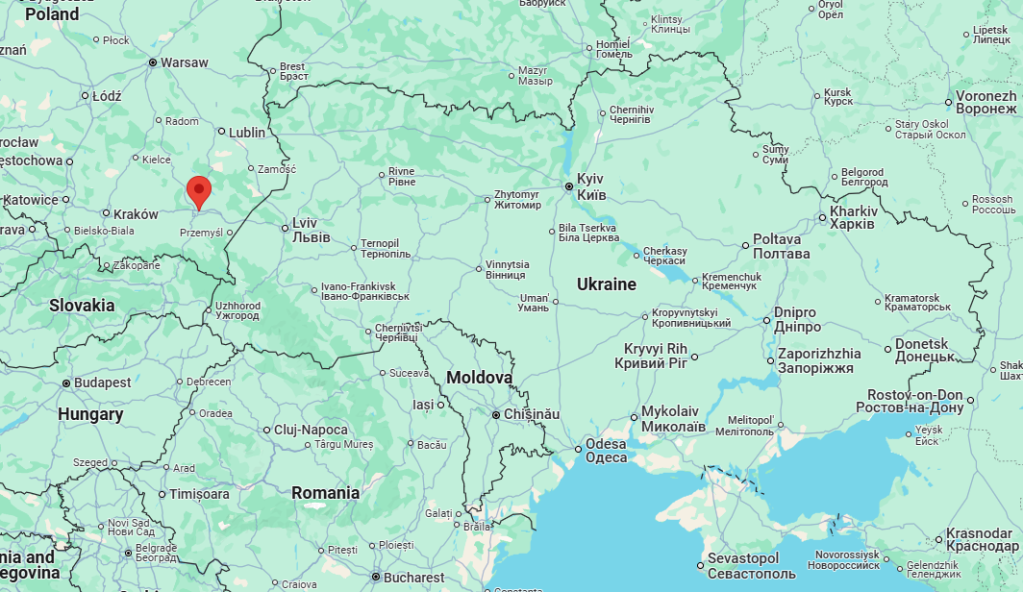This is the opening to NATO’s vision for 2030. They recognize that with the passage of time, they are losing relevance. This is behind this entire Ukrainian expansion of war. It is also not just the Neocon’s dream of a lifetime; it is the last-ditch effort to make NATO relevant for the next two generations to come. As I have mentioned, they had my Congressman call me asking if I would get back involved in Washington. I declined. When I asked why were they constantly bothering me to return, I was actually told that they lacked people with my experience from the Cold War. That was prior to 1991. This illustrates the problem. With the passage of time, the current generations do not view NATO as it was when Communism was a threat. This is NATO’s crisis – they need to remain relative or they are all out of a job.
Here is the download of their vision for 2030, which interestingly coincides with Schwab’s date for his Great Reset, and take notice that the authors of this are from John Hopkins University – the same one that said we would all die from COVID with a vaccine. Small, small world. I suppose they were all singing that song after taking the Disney ride in their park and said that was a great idea. NATO’s vision is to We Only Bomb for Peace and their Speciality is Turning Plowshares into Swords for the Betterment of Humanity.
This Nato 2030 vision necessitates maintaining the threat of war to keep their funding going indefinitely. They are the great unelected body that threatens the livelihood of the world and is now extracting tax revenues without representation from 31 countries. Peace is not profitable – only death & destruction: Nato’s Speciality.
Download PDF
NATO2030AndBeyondAccessibleVersion
“NATO remains the United States’ indispensable alliance and Europe’s guarantor of peace, security, and stability. It is the largest
and most successful alliance in history and is the preeminent institutional expression of the transatlantic bond and a common commitment
to shared values. Yet, it is again under pressure. NATO faces simultaneous dangers to its east, to its south, and from a series of security
challenges unbounded by geography, at a time when some Allies have stepped away from their own commitments to democracy and to each
other. These internal tensions may be as consequential as external dangers to NATO’s cohesion and effectiveness.
NATO’s opportunity is to move ahead to address these challenges and others looming in the future, rather than to harken back to some
imagined era of greater allied harmony. A fresh narrative for NATO is also important to engage a new generation of citizens and leaders who
do not view the Alliance through the twin lenses of the Cold War and Afghanistan. They want to know why NATO is relevant for the future,
not why it was important in the past. “

